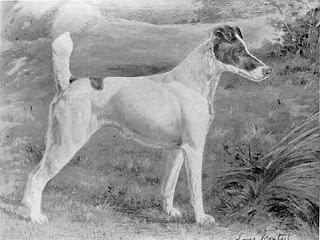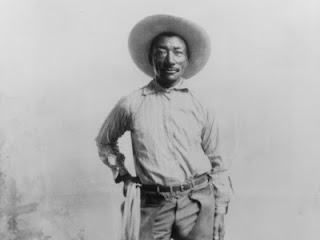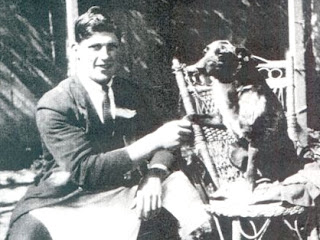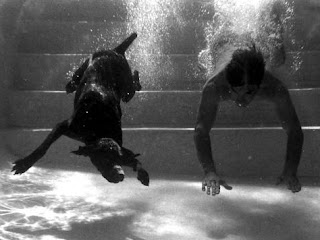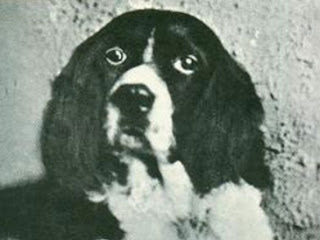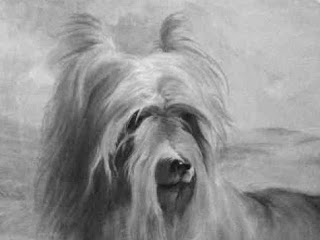Warren Remedy was Westminster Kennel Club's first dog to win Best in Show.
 |
| Painting of Warren Remedy by Gustav Muss-Arnolt |
The Westminster Kennel Club, named after a long gone hotel in Manhattan, is America's oldest organization dedicated to the sport of purebred dogs. It was established in 1877 with a mission "to celebrate the companionship of dogs while promoting responsible dog ownership, health, and breed preservation".
The first Best in Show was in 1907, and the winner was a 20-month-old smooth-coated fox terrier named Warren Remedy owned by Winthrop Rutherfurd. She also won in 1908 and 1909 - the only dog to win on three occasions. (The terrier group is the most successful group, with 47 wins out of 111 occasions.)
Warren Remedy passed away in 1912 on Rutherfurd's farm in New Jersey.

